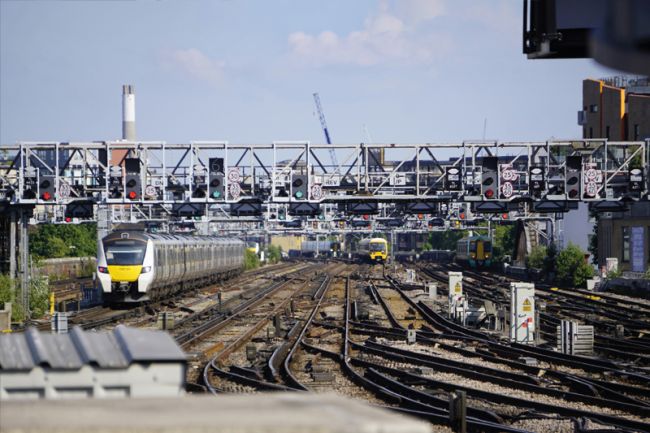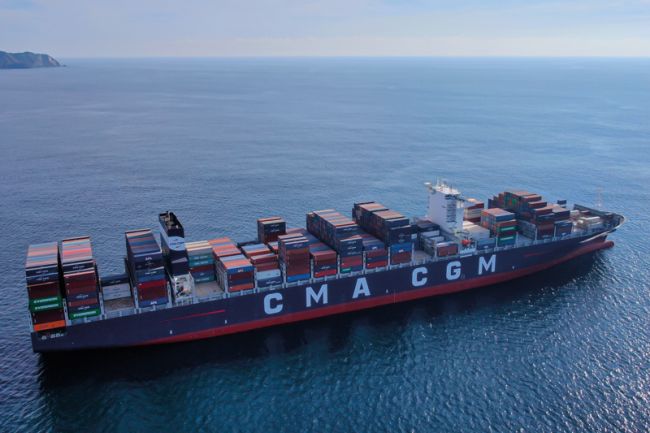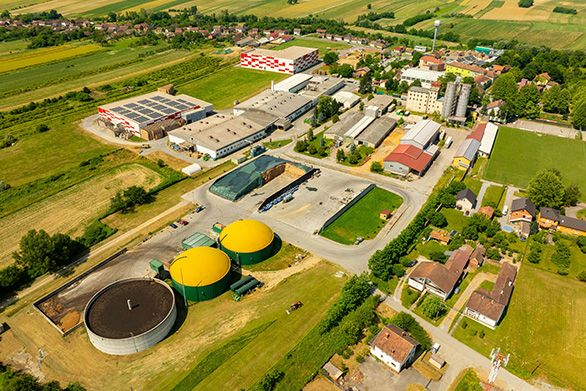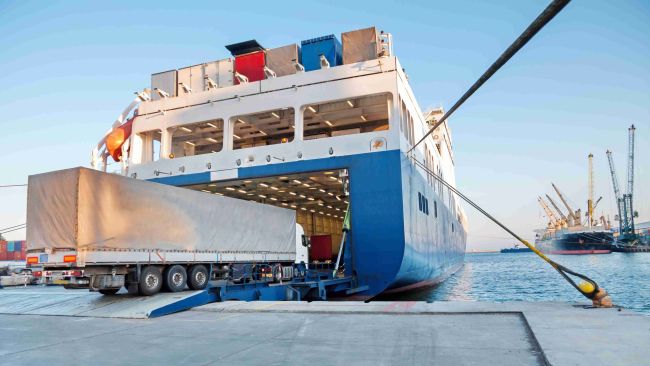Forecasting the route to recovery for the aviation industry
The aviation industry has addressed previous shocks, but the global impact of COVID-19 is unprecedented.

The aviation industry has addressed and worked through previous shocks and economic downturns, including SARS, 9/11, the Global Financial Crisis, alongside fluctuations in oil prices. However, the global impact of COVID-19 and worldwide Governments’ response is unprecedented.
Governments have imposed widespread air travel restrictions leading to significant reductions and, in many cases, almost complete shutdowns in flights and passengers using airports, airspace and associated services.
This has led to a significant downturn in activity and distress to operations of airlines, airports, ground handling companies, air navigation service providers, concessionaires and suppliers throughout the aviation supply chain. Some Governments have provided support; some companies have filed for bankruptcy, administration or insolvency.
As restrictions are lifted and the population returns to travelling for business and have the opportunity to see friends, family and take vacations again, our clients will be seeking to understand what the path to recovery will be.
These forecasts will be used to make decisions on staffing and operational levels, capital investment timing and need, as well as financial viability and regulatory oversight of the level of charges in the supply chain. They will also inform decisions by investors seeking to buy or sell stakes in aviation businesses.
A number of industry participants have put forward their views, only to have to update them sometimes two or three times over the course of March and April. This underlines the challenges of forecasting where there are limited precedents and high levels of uncertainty.
Based on conversations and work supporting our clients, Steer is suggesting a number of actions:
1. Applying a forecasting framework, which is available to update as better information becomes available. This framework develops scenarios and considers:
- The scope and geography of travel restrictions;
- The timeline for removal of these, and return to economic and social norms (social distancing on-board and at airports may be required in some geographies even as restriction ease);
- The recovery timeline and profile, how long will it take to recover lost passengers;
- The impact on local, regional and worldwide economic growth and other parameters (demand);
- The impact on behaviours, propensity to travel in reaction to the pandemic (demand); and
- The impact on airlines, airport and the aviation supply chain from bankruptcy, distress and new operational procedures, potentially lengthening turnaround times in response to the pandemic, countered by supply of aircraft and trends in oil prices (supply).
2. Considering evidence from all transport modes, not just the aviation industry but also trends in surface travel on rail and road networks as they recover. This recognises that at a national level many of the dramatic and sudden declines in air traffic volumes have also been witnessed in surface modes too (although recovery profiles may differ, assuming national ‘lockdowns’ are eased ahead of the opening of international borders).
3. Researching examples and experiences which may provide additional insight, for example, the aftermath of the Second World War, and recent severe economic downturns in East Asia, for example in Indonesia in the late 1990s. This is in addition to the more often cited examples from SARS, the Global Financial Crisis and 9/11. There will be others.
4. Reviewing how scenario-based forecasts, can be applied to situations where it is usual for a single forecast to be used as the basis of the decision making – providers of finance, rating agents, regulators of charges, etc. A new approach may be needed.






















